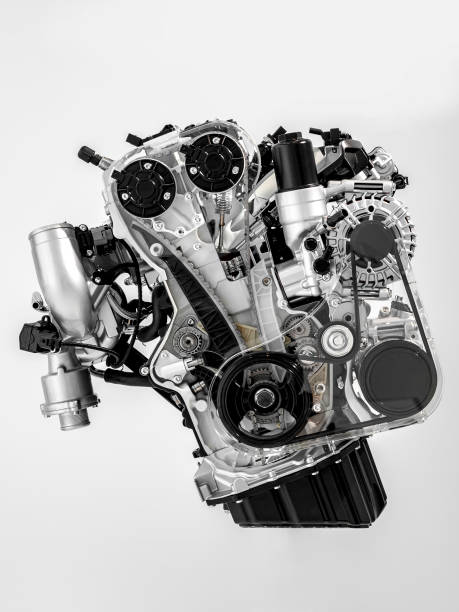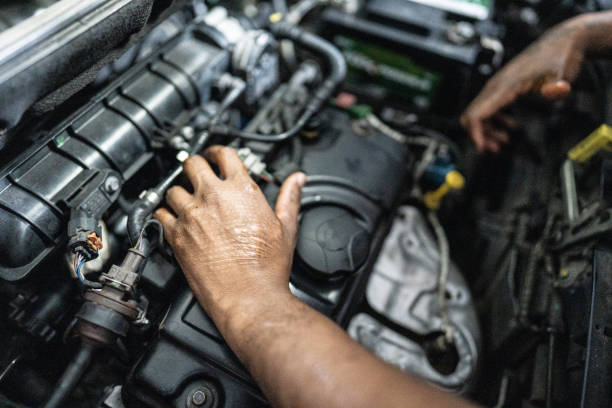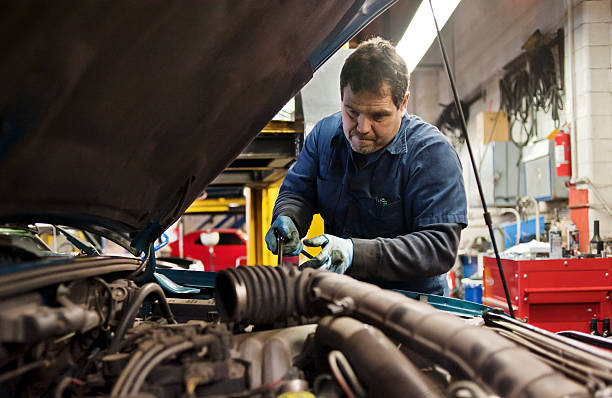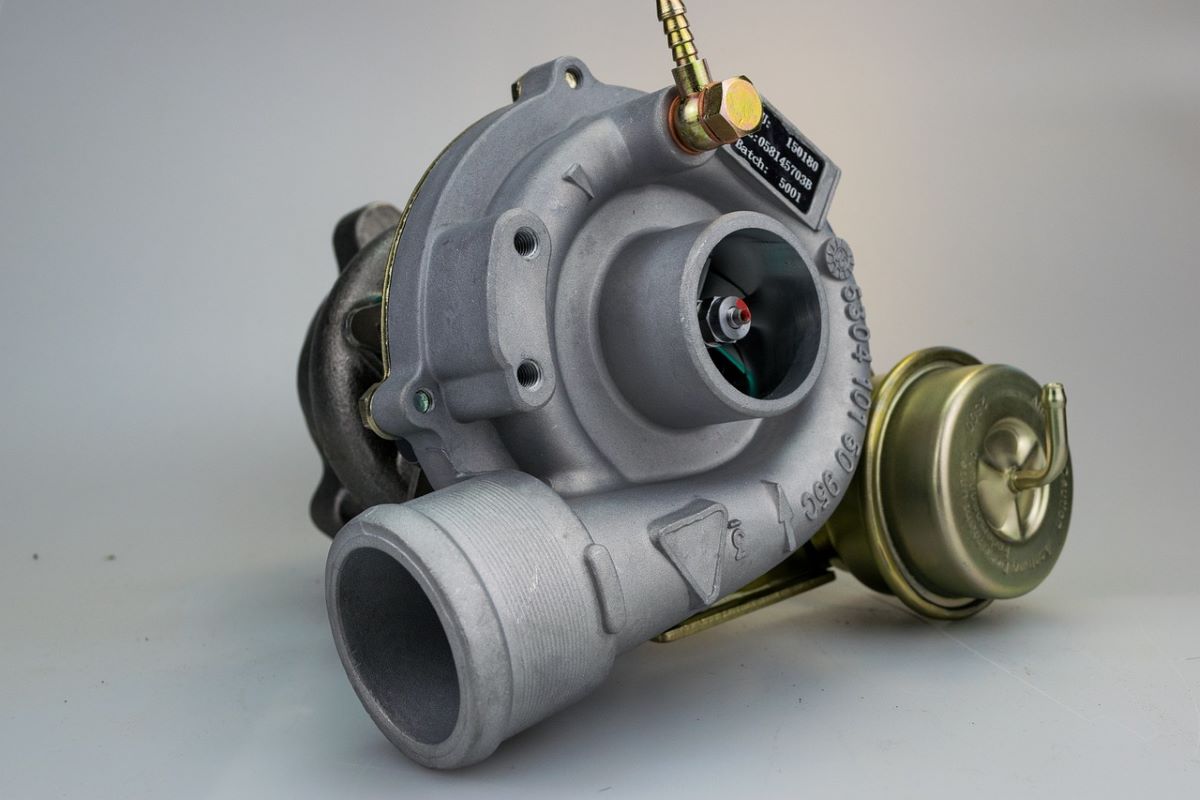“How turbo work?” or, “How does a turbo engine work?” is a common question nowadays among engine freaks. The turbocharger is a vital component that is individually matched to the engine. It uses the engine’s exhaust gases to drive a turbine wheel at up to 350,000 rpm. The turbine wheel drives a compressor wheel via a shaft. The compressor wheel supplies the engine with compressed air, ensuring more efficient fuel combustion, resulting in increased power and fuel consumption.
In today’s blog, we will discover how turbo works and what components it utilises to do so. Let’s begin!
What Is a Turbo?
Before knowing how turbo works, it is important to understand what it is. Simply put, a turbocharger is an air compressor that is powered by the exhaust gases from the engine. This compressor allows the engine to draw in more air, allowing it to pump more fuel into the combustion chamber without increasing exhaust volume. Turbochargers have a very practical application in aviation. As an aeroplane continues to climb, the air density becomes less.

Therefore, the same engine will produce less power at high altitudes than it would closer to sea level. This is a big problem, but turbochargers offer a great solution. A turbocharger fitted to an aircraft engine allows more air to be forced into the engine than would normally be possible at high altitudes, thus solving the problem of power loss during flight.
Like naturally aspirated engines in aeroplanes, naturally aspirated engines in automobiles also suffer from a loss of power at high altitudes compared to turbocharged engines.
Explanation: How Does a Turbo Engine Work?
How turbo work? The turbo uses exhaust gases to drive a turbine wheel, which is connected to the compressor wheel via a shaft. As the two wheels rotate, a large amount of surrounding air is sucked in and compressed. This air passes through an intercooler to further increase its density before entering the engine.
Related: How an Automatic Transmission Works
Turbo engines produce more power than a naturally aspirated engine of the same size. And the combustion process is more efficient. The turbocharger is a sophisticated turbocharger with high-quality components.
Why Modern Cars Use Turbochargers
Turbochargers have been around since 1905 when Alfred Buki patented an early turbocharger. Amazingly, this technology has been around for over a century, especially considering today’s turbocharger boom. Interestingly, the first turbochargers were designed with aircraft performance in mind. Internal combustion engines use air and fuel that is ignited in the engine’s combustion chamber at the bottom of the piston, allowing the engine to generate power.
Before the advent of turbochargers, the only way to improve engine performance was to increase displacement. By physically increasing the combustion chamber and expanding the overall engine size, or adding cylinders, engine manufacturers can burn more fuel and air, increasing the engine’s power output. This is why the famous saying “there is no substitute for displacement” has become so staple in the automotive world.

However, there is a more efficient way to increase power without increasing displacement: Turbochargers. These devices allow engines to produce more power without physically increasing displacement, proving that there is an alternative to displacement. Even the best high-performance electric cars have proven this adage wrong. One example is the super-fast Lucid Air, which runs on electrons and is faster than a classic V8 muscle car.
How Turbo Work: Next Step
The next step is e-Boost with advanced power electronics.
A turbocharger consists of two main constituents: the turbine and the compressor. The turbine consists of the turbine wheel and the turbine housing. The role of the turbine housing is to direct the exhaust gases to the turbine wheel. The energy from the exhaust gases spins the turbine wheel and the gases leave the turbine housing through the exhaust gas outlet area.
The compressor is also divided into two parts: the compressor wheel and the compressor housing. The compressor works in the opposite direction to the turbine. The compressor wheel is connected to the turbine by a forged steel shaft, and when the turbine spins the compressor wheel, it sucks in and compresses the air at high speed.

The compressor housing then transforms the high-velocity, low-pressure airflow into a high-pressure, low-velocity airflow through a process called diffusion. The compressed air is forced into the engine, allowing the engine to burn more fuel and produce more power.
Turbos make cars more efficient. Thanks to turbochargers, modern four-cylinder engines are almost as powerful as traditional V8s and use less gas. Many manufacturers have switched to turbochargers recently, and even Ford is putting a small turbo engine in its F-150 pickup to boost efficiency. It’s not yet clear whether these engines will be better or more durable than their larger-displacement counterparts.
But one thing is certain: As hybrid and electric cars become more popular, even turbos may not be able to save on internal combustion engines.
Read Also:

